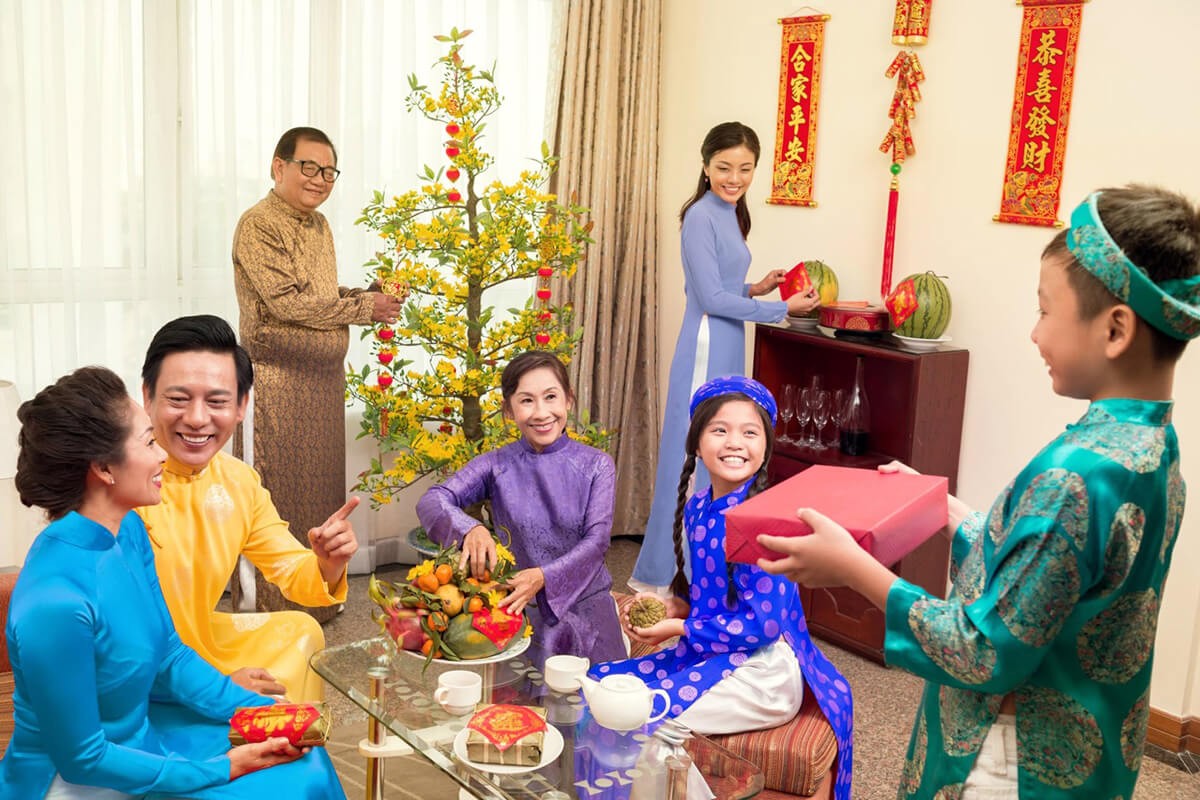
Vietnamese communication culture: A comprehensive comparision to USUK
Vietnamese communication culture is a fascinating blend of deep-rooted traditions and modern influences, offering a truly rich and interesting experience for those willing to look beyond the surface. So what are the differences between Vietnamese communication culture and USUK communication culture?

Vietnamese communication culture: The rich and interesting thing!
Vietnamese communication culture is rich, complex, and deeply influenced by Confucian values, emphasizing harmony, respect for hierarchy, and the concept of “face”. It is a high-context culture, meaning a lot of the message is conveyed through non-verbal cues, shared understanding, and the context of the situation, rather than explicit words. Here are the key characteristics:
1. Indirect Communication – top Vietnamese communication culture
- Saving Face: This is perhaps the most crucial aspect. Vietnamese people go to great lengths to avoid causing anyone (themselves or others) to “lose face.” Direct criticism, confrontation, or saying a direct “no” can cause loss of face.
- Subtlety and Implication: Messages are often conveyed subtly, implicitly, and indirectly. Listeners are expected to pay close attention to tone, body language, pauses, and the surrounding context to grasp the full meaning.
- Avoiding “No”: A direct “no” is often avoided to maintain harmony and politeness. Instead, a Vietnamese person might say “yes” (meaning “yes, I hear you” or “yes, I understand”), change the subject, defer, smile, or offer a vague answer to imply refusal without explicitly saying “no.” This can be confusing for those from low-context cultures.
- Softening Requests/Feedback: Requests are often framed as suggestions or questions (“Would it be possible…?”). Feedback, especially negative, is usually delivered gently, positively framed, or through a third party to avoid direct criticism.
2. Hierarchy and Respect

- Age and Status: Respect for elders and those in positions of authority is paramount. Communication styles adapt based on the relative age, social status, and relationship between individuals.
- Terms of Address: Using correct honorifics and terms of address is crucial. These are often based on familial relationships (e.g., “Anh” for older brother, “Chị” for older sister, “Bác” for uncle/aunt) even for non-relatives, or professional titles. Misusing them can be disrespectful.
- Humility and Modesty: Boasting, self-promotion, or overly direct compliments can be seen as immodest. A humble demeanor is valued.
- Listening: Listening attentively and quietly, especially when a senior person is speaking, is a sign of respect. Interrupting is generally considered rude.
3. Non-Verbal Vietnamese communication culture
Vietnamese communication heavily relies on non-verbal cues:
- Smiling: The Vietnamese smile is multifaceted. While it can express happiness, it’s also commonly used to convey embarrassment, apology, mild disagreement, nervousness, or to simply be polite when words are not needed or appropriate. It’s often used as a substitute for “thank you” or “I’m sorry” in minor situations.
- Eye Contact: Direct, prolonged eye contact, especially with elders, superiors, or people of the opposite sex, can be considered disrespectful, challenging, or too intense. It’s more common to lower one’s gaze as a sign of respect.
- Body Language:
- Head: The head is considered the most sacred part of the body. Never touch someone’s head, even a child’s, unless you have a very close relationship and explicit permission.
- Feet: The feet are considered the lowest and least clean part of the body. Avoid pointing your feet at people, sacred objects, or using them to touch things. Don’t rest your feet on tables or chairs.
- Pointing: Pointing with a single finger is generally considered rude. Use an open hand with fingers together, or gesture with your whole hand.
- Hand Gestures: Avoid large, flamboyant gestures. Using both hands when giving or receiving something (especially from an elder) shows respect.
- Public Displays of Affection: Generally avoided. Hugs and kisses are reserved for private settings among close family. Same-sex friends might walk hand-in-hand as a sign of platonic closeness.
- Crossing Arms / Hands on Hips: Can be perceived as aggressive or arrogant.
- Yelling/Raising Voice: Public displays of anger or frustration are considered a serious loss of face for all involved and are highly inappropriate. Maintain a calm, composed demeanor.
4. Relationship-Focused Vietnamese communication culture
- Building Rapport: In professional and personal contexts, building a relationship and trust often precedes getting down to direct business or asking for favors. Initial conversations may focus on personal details, family, and getting to know each other.
- Hospitality: Vietnamese people are known for their hospitality. If invited into a home, it’s polite to accept food and drink.
- Personal Questions: Vietnamese people might ask seemingly personal questions (about age, marital status, children, even income) when first meeting. This is often not out of nosiness but to establish hierarchy (based on age for appropriate addressing terms) and build rapport. You are not obligated to answer anything you’re uncomfortable with, but a polite deflection is better than a blunt refusal.
5. Openness vs. Reservedness

- Vietnamese people are often described as being both very welcoming and sociable (especially within their known community) but also reserved or shy with strangers. This comes from a balance between community-orientation and an emphasis on personal autonomy and “saving face” when outside their comfortable social circles.
Understanding these aspects of Vietnamese communication culture will greatly enhance your interactions, prevent misunderstandings, and allow you to build more respectful and positive relationships during your time in Vietnam.
See also: Why do so many foreigner choose moving to Vietnam?
